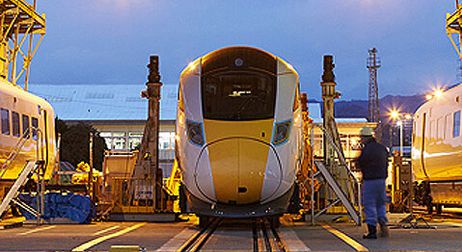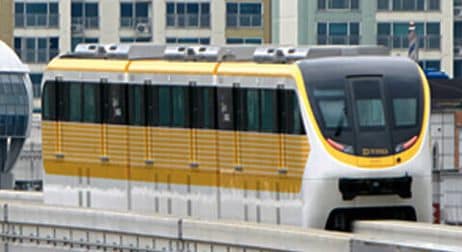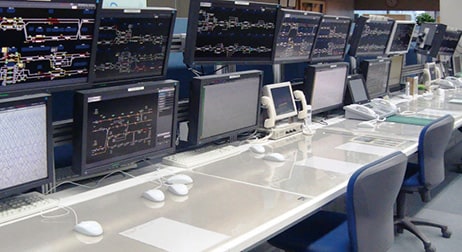Hitachi to Provide Rolling Stock in the U.S. Capitol for 2.2 Billion Dollars Contributing to the Development of Railway Services in the North America Market and Supporting Environmentally Sustainable Methods of Travel
Jun. 18, 2021
Editing Team
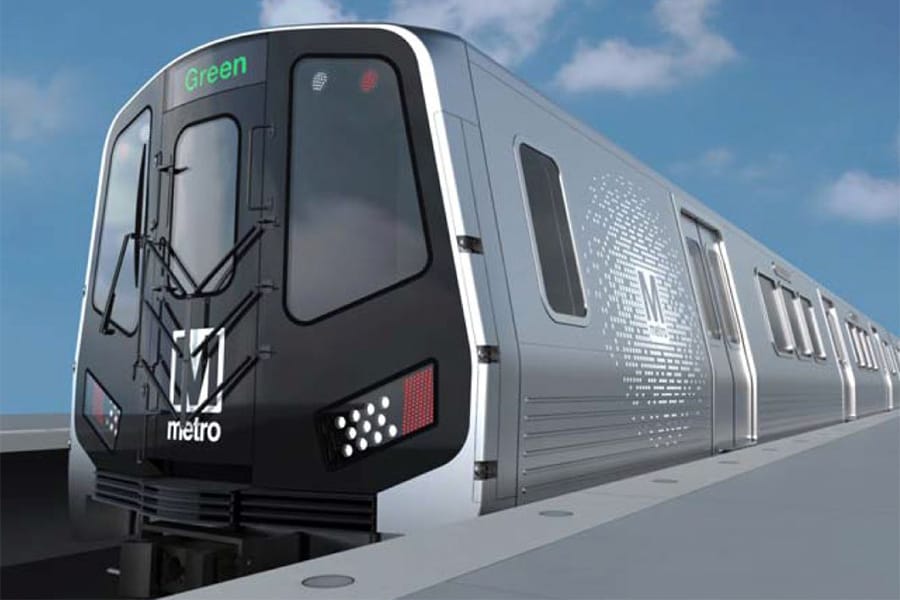
- Table of Contents
Environmental issues have become a global concern in recent years, and rail transit is once again attracting a great deal of attention as an environmentally friendly and sustainable means of transportation, with 80% fewer emissions per kilometer than cars.
Hitachi Group has been involved in projects in North America such as the San Francisco Bay digital train control project and the driverless railway in Honolulu, Hawaii, and has recently signed a new contract to supply metro railcars in Washington, D.C.
With its long history of more than 100 years and connection to Hitachi Group technology, Hitachi Rail has expanded its business globally as a full-service provider of railway solutions with expertise in rolling stock, signalling and digital innovation, turnkey projects, and operation, service and maintenance solutions. In recent years, in addition to Japan, the UK and Italy, North America has been identified as a key market for growth. Hitachi’s rail solutions are more environmentally sustainable than other forms of transportation.
Renewing an aging fleet to help the environment and reduce congestion
Hitachi Group has signed a contract with the Washington Metropolitan Area Transit Authority (“Metro”) in the U.S. for the delivery of new metro cars (256 metro railcars, with an option for up to 800) at a cost of USD $2.2B. This is Hitachi Group’s largest order in the U.S. market in Hitachi Rail’s history.
Among the premier public transit providers in the U.S., the heavy rail system covers a combined 118 miles, with six rail lines, 91 stations and some 1,292 railcars. More than half of the region’s local jobs are within a half-mile mile radius of all Metro stations.
Hitachi’s new railcars are designed to be lighter, safer and more energy-efficient with new regenerative braking technology, high-definition cameras and stringent cybersecurity requirements to enhance security.
By replacing the existing cars, which are more than 30 years old, with cars designed based on the Hitachi Group's global expertise, the project will provide a more environmentally friendly means of transport and improve passenger services. In addition, the project will contribute to local job creation and economic activity, as more than 400 new jobs will be created by Hitachi Rail at its new railcar assembly plant to be built in the National Capital region.
Train control project in San Francisco adds capacity and reduces congestion
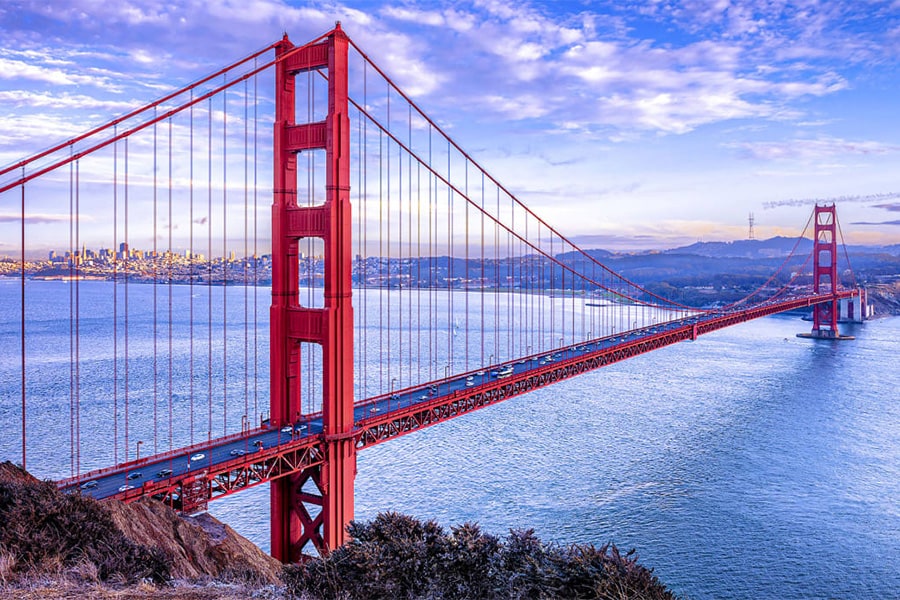
Hitachi is delivering a digital train control system for San Francisco that improves efficiency in one of the most crowded U.S. metro areas.
Hitachi Rail was awarded the contract with San Francisco’s Bay Area Rapid Transit District (“BART”) transit authority to design, build and install the latest generation of technology for digitally controlling trains -- called Communications-Based Train Control (CBTC) -- that will result in increased capacity and improved service.
BART’s ridership, which averaged 405,000 weekday trips prior to the COVID-19 pandemic, connects the San Francisco Peninsula with Berkeley, Oakland and other cities in the East Bay area of Northern California.
The District’s current train control system, which is more than 48 years old, will be replaced with Hitachi's new CBTC system, allowing BART to safely operate the trains on tighter schedules and at more closely spaced intervals, significantly increasing the Transbay throughput and passenger capacity.
Hitachi's CBTC System will enable the District to meet the projected demand of over 30,000 Transbay passengers per hour at peak and to have the increased capacity to operate 30 ten-car trains per hour on the Core Corridor.
By using the rail system instead of driving, BART estimates that 130,000 gallons of gasoline and some 2.6 million pounds of C02 are avoided every day. (SOURCED from BART).
In this way, Hitachi’s CBTC signalling project will further expand BART’s capacity to carry passengers by rail, benefiting BART’s passengers and the environment.
Hawaii's first rail project, helping to make the city more comfortable and convenient
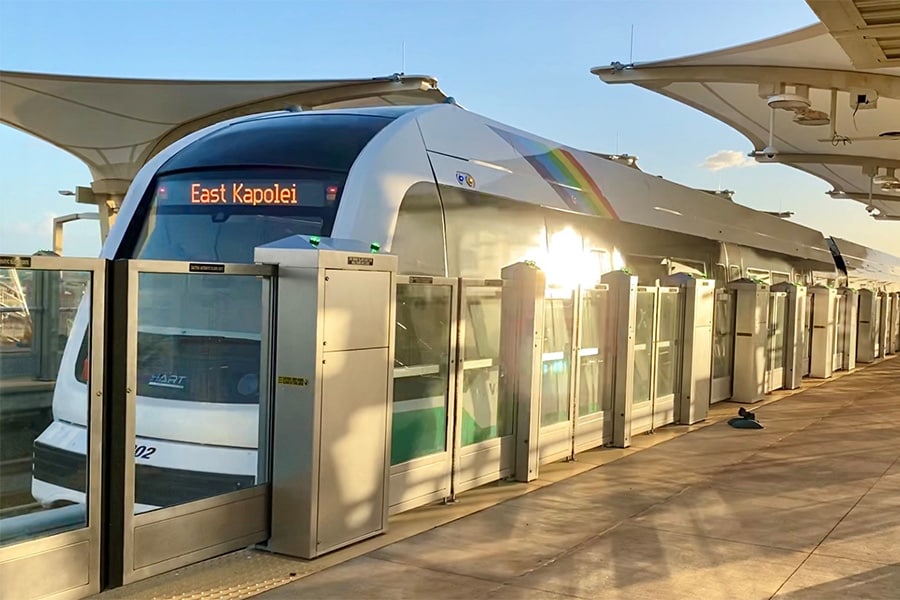
Hitachi Group is working on a project to introduce the first driverless railway system in Honolulu, Hawaii.
The project, which represents the first and longest automated driverless system and fleet in the United States, will connect 21 stations over 20 miles between East Kapolei, a suburb of Honolulu, and Ala Moana Center in the city center.
Currently, travel by car from West Oahu to the city center is filled with severe traffic congestion, especially during the morning and evening rush hours in Honolulu.
When the system opens for service, it will eliminate an estimated 40,000 car trips from the congested streets and highways, resulting in improved travel times overall and a more efficient commute. Part of Honolulu’s multi-modal transportation system, there are also long-term environmental benefits for the entire community with the increased use of public transportation.
Hitachi’s extensive experience with driverless turnkey projects around the world and its highly reliable, state-of-the-art rolling stock rail vehicles will help alleviate Honolulu's chronic road congestion and create a safer, more environmentally friendly commute.
For a Better Environment and to Improve Quality of Life
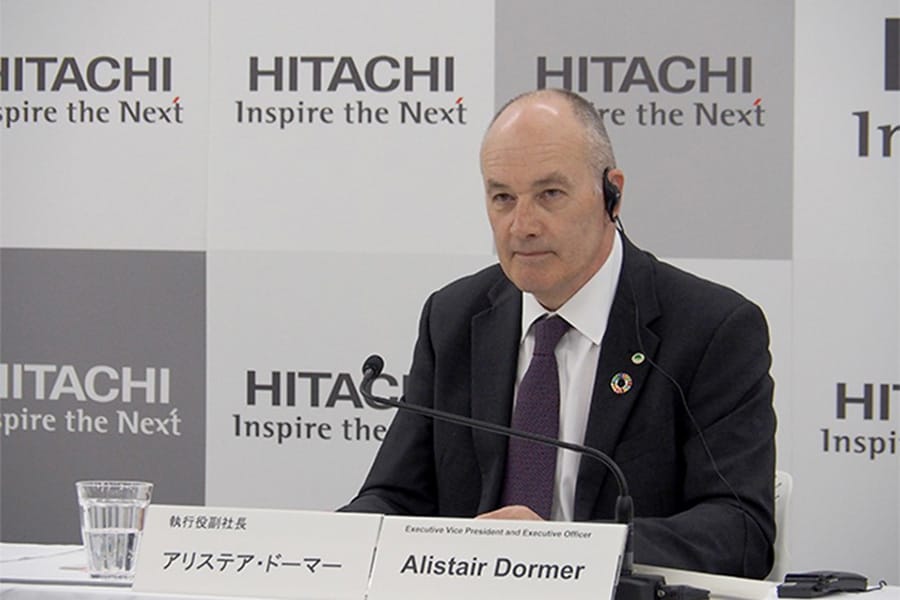
Hitachi Group is also involved in a variety of other railway systems projects in North America, including metro projects in Miami-Dade County, Florida, and Baltimore, Maryland, as well as light rail transit projects in Canada. In the U.S., cyclical demand is expected due to the historic ageing of the fleet, with average annual demand of around €165 billion for the period 2021-2025.
Moreover, railway systems has been identified as one of the key pillars in achieving “Net Zero 2050” in the U.S., and there are renewed expectations for it as a "green" mobility. U.S. President Joe Biden has stressed the importance of railway systems for decarbonization and is proposing a $2 trillion investment in infrastructure, including railway systems.
Alistair Dormer, Executive Vice President and Executive Officer at Hitachi, Ltd., spoke of the company's hopes for its railway systems business in the Environmental Web Conference on February 25th, saying “North America is a market with great opportunities for Hitachi. We will be in the No.2 position in North America within the next few years. The key to success is a strong commitment to our customers, high quality and digital technology. If we can use these to strengthen our dominant position, I am confident that we can continue to compete at the top level in the world.”
Related Links
-
Press : Hitachi Rail Awarded up to $2.2 Billion Contract with Washington Metropolitan Area Transit Authority for 8000-series Railcars
-
News Releases : Hitachi Rail's $798m Digital Train Control Upgrade for BART to Increase Capacity between San Francisco and Oakland by 30%
-
News Releases : Travel across Mississauga and Brampton to be transformed by C$4.6 billion Hurontario light rail line

